Victoria to spend $35.2 million on digital twin
It is being built on a successful pilot project that created a digital twin for the country’s largest urban renewal project and is set to launch in late 2021


The Australian state of Victoria is set to spend $35.2 million (£18.9 million) to deliver Digital Twin Victoria, a data-based digital replica of the state modelled on a successful pilot project that created a digital twin for the country’s largest urban renewal project.
The Victorian government said it would transform planning and unlock efficiencies from the start to finish of infrastructure projects, “helping to drive the state’s economic recovery”.
Planners, engineers and builders will be able to use Digital Twin Victoria to model different project scenarios, test the feasibility of proposals, troubleshoot potential issues, and share complex information across sectors and workplaces more easily.
“Digital Twin Victoria will catapult Victoria into its digital future, driving efficiencies in planning and construction to supercharge the State’s long-term growth and continued economic recovery,” said minister for planning Richard Wynne. “With the convergence of big data and advanced technology, Digital Twin Victoria will enable us to do in minutes and days things that used to take weeks, months and even years.”
The digital twin will be built on a successful pilot project that created a digital twin for Australia's largest urban renewal project, Fisherman’s Bend, and is expected to be widely accessible by late 2021.
The state government has appointed the Commonwealth Scientific and Industrial Research Organisation (CSIRO) to build the online platform that will host the digital twin.
RELATED RESOURCE
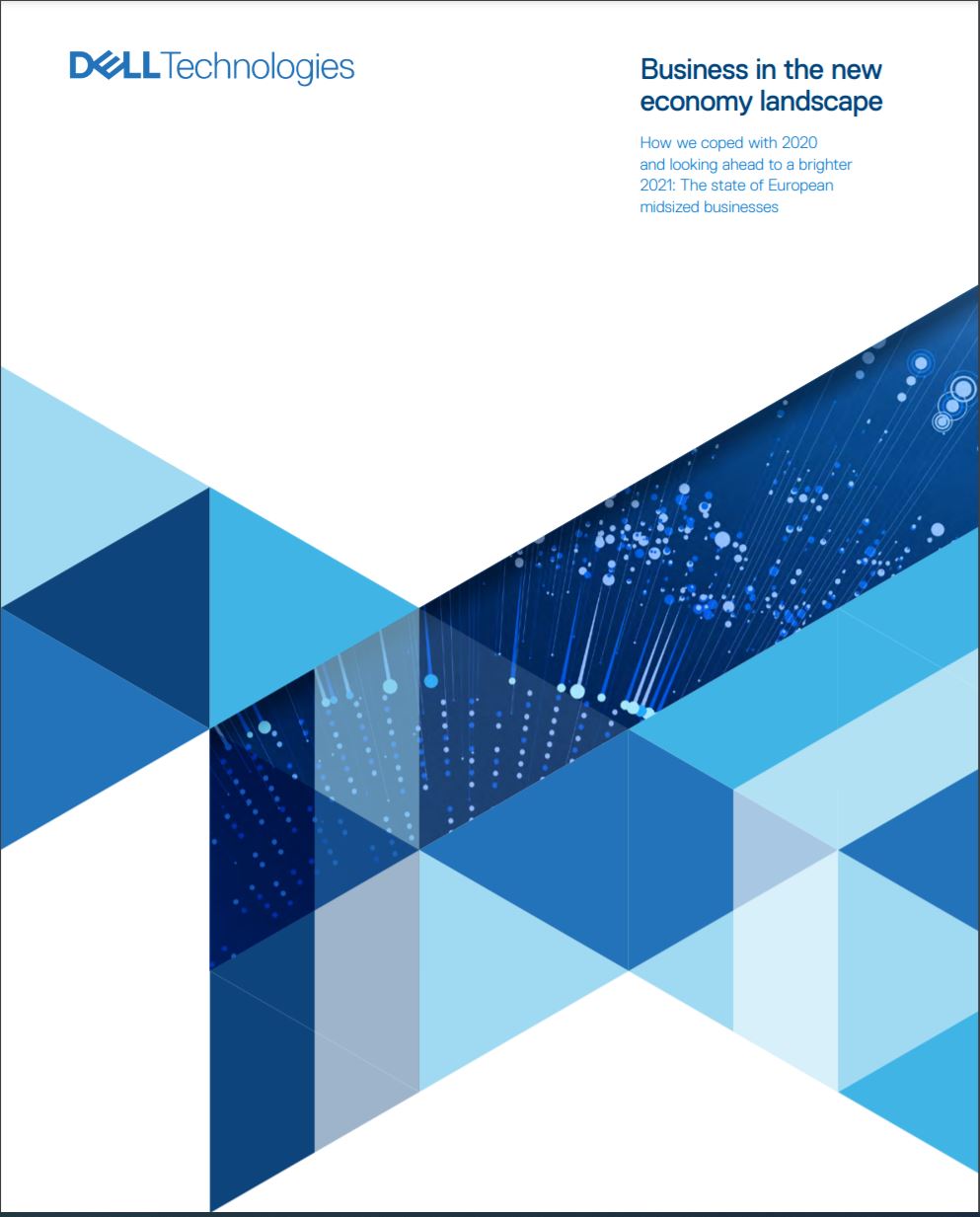
Business in the new economy landscape
How we coped with 2020 and looking ahead to a brighter 2021
At the start of July, the Australian government awarded the National Archives of Australia $67.7 million in funding to help the organisation preserve its at-risk records and overhaul its cyber security systems. The funding is set to be used to preserve and digitise the organisation’s most vulnerable collections, hire additional archivists, and enhance cyber security.
Sign up today and you will receive a free copy of our Future Focus 2025 report - the leading guidance on AI, cybersecurity and other IT challenges as per 700+ senior executives
Furthermore, in June the Australian government invested $8 million in new projects designed to improve the skills and availability of cyber security professionals in the country. The projects aim to introduce students to training and career pathways and also create job-ready professionals through industry traineeships and work experience programmes.
Zach Marzouk is a former ITPro, CloudPro, and ChannelPro staff writer, covering topics like security, privacy, worker rights, and startups, primarily in the Asia Pacific and the US regions. Zach joined ITPro in 2017 where he was introduced to the world of B2B technology as a junior staff writer, before he returned to Argentina in 2018, working in communications and as a copywriter. In 2021, he made his way back to ITPro as a staff writer during the pandemic, before joining the world of freelance in 2022.
-
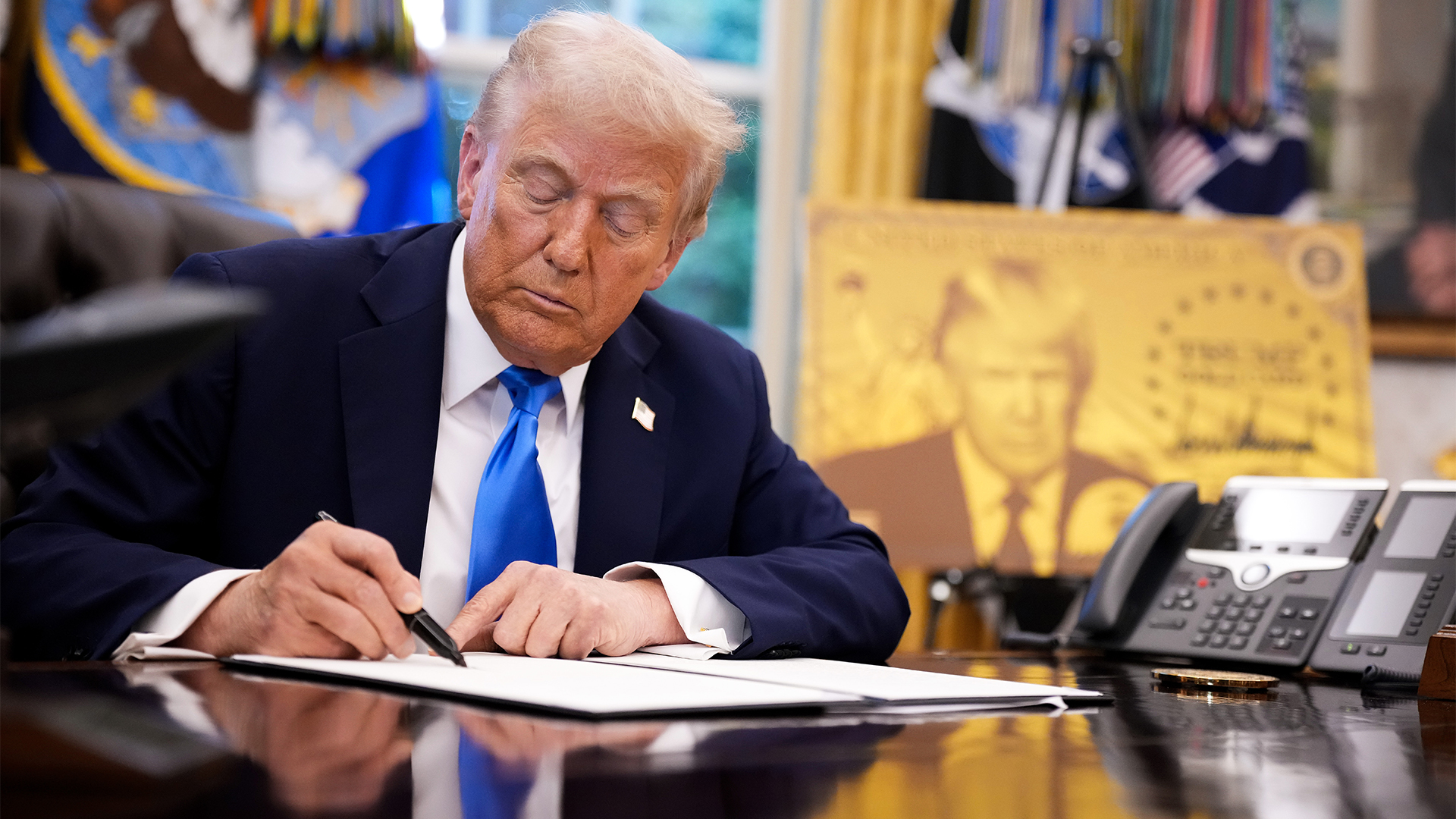 Trump's AI executive order could leave US in a 'regulatory vacuum'
Trump's AI executive order could leave US in a 'regulatory vacuum'News Citing a "patchwork of 50 different regulatory regimes" and "ideological bias", President Trump wants rules to be set at a federal level
-
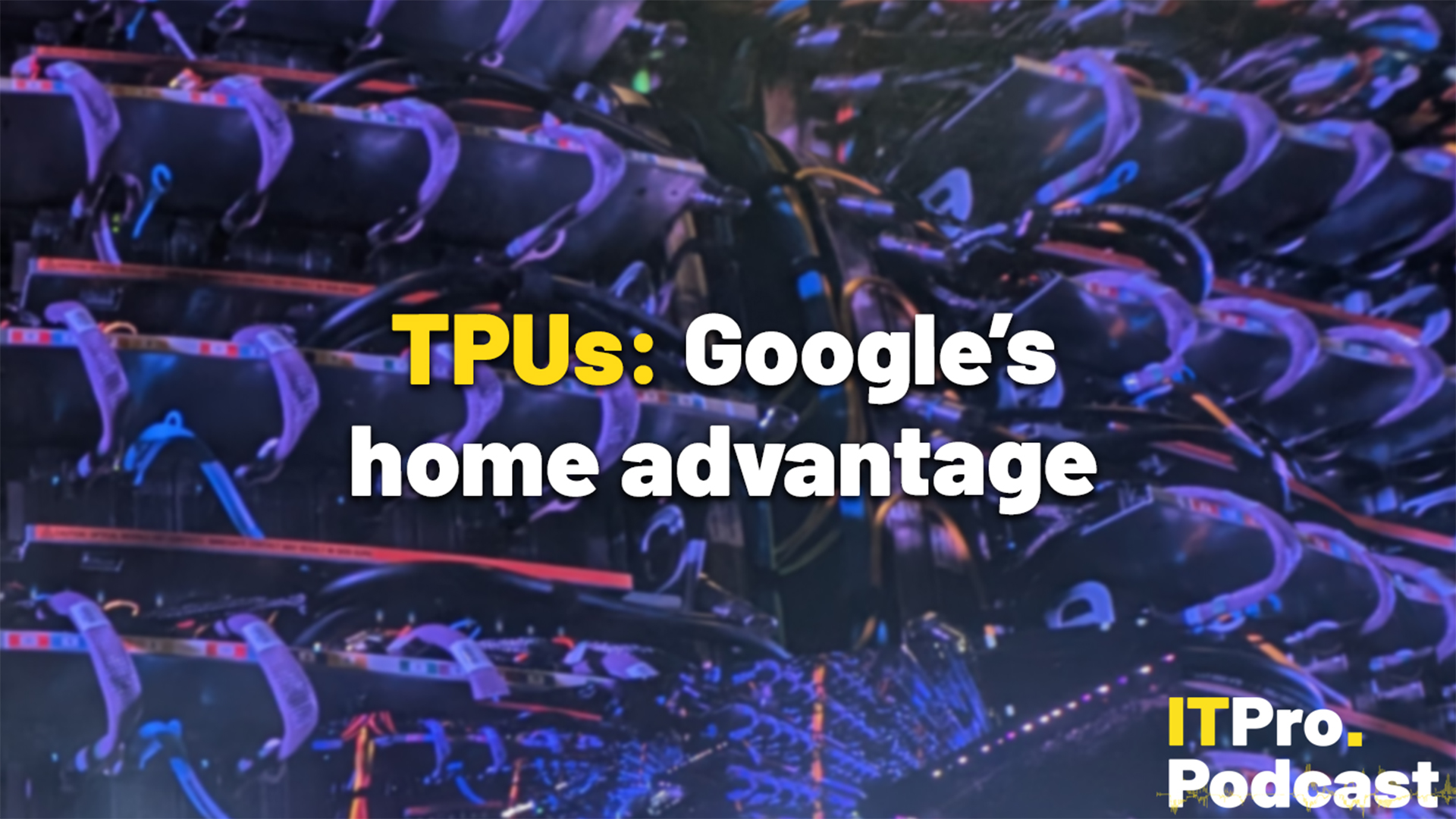 TPUs: Google's home advantage
TPUs: Google's home advantageITPro Podcast How does TPU v7 stack up against Nvidia's latest chips – and can Google scale AI using only its own supply?
-
 Boomi snaps up former MuleSoft executive as APJ channel lead
Boomi snaps up former MuleSoft executive as APJ channel leadNews Global software veteran Jim Fisher will work to expand the company’s channel operations across the region
-
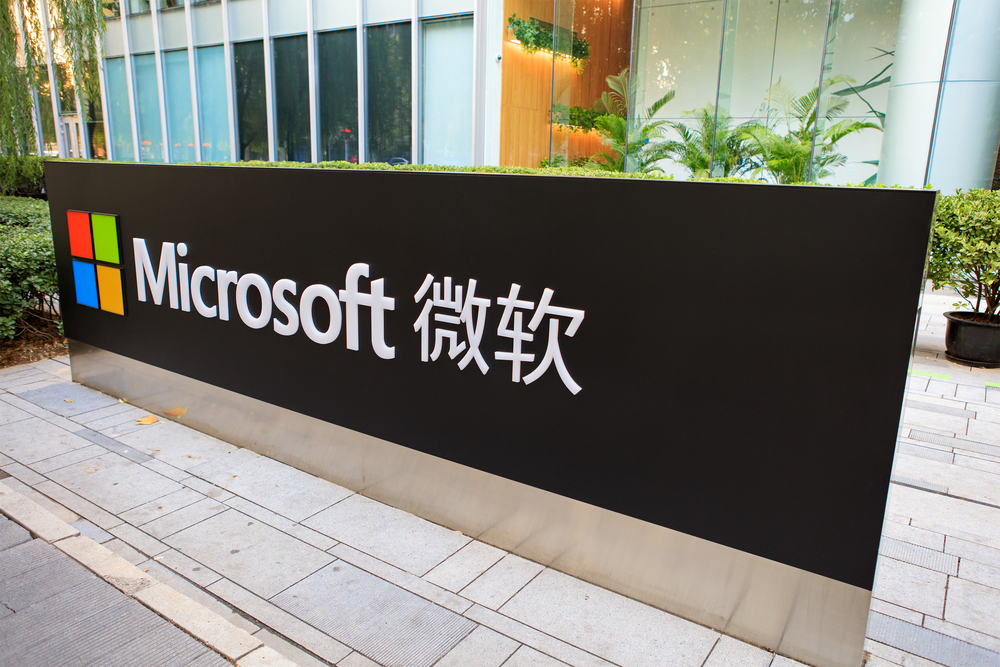 Why Microsoft Teams has only just launched in China
Why Microsoft Teams has only just launched in ChinaNews The tech giant has officially launched Teams via its local partner in China, after it was launched globally in 2017
-
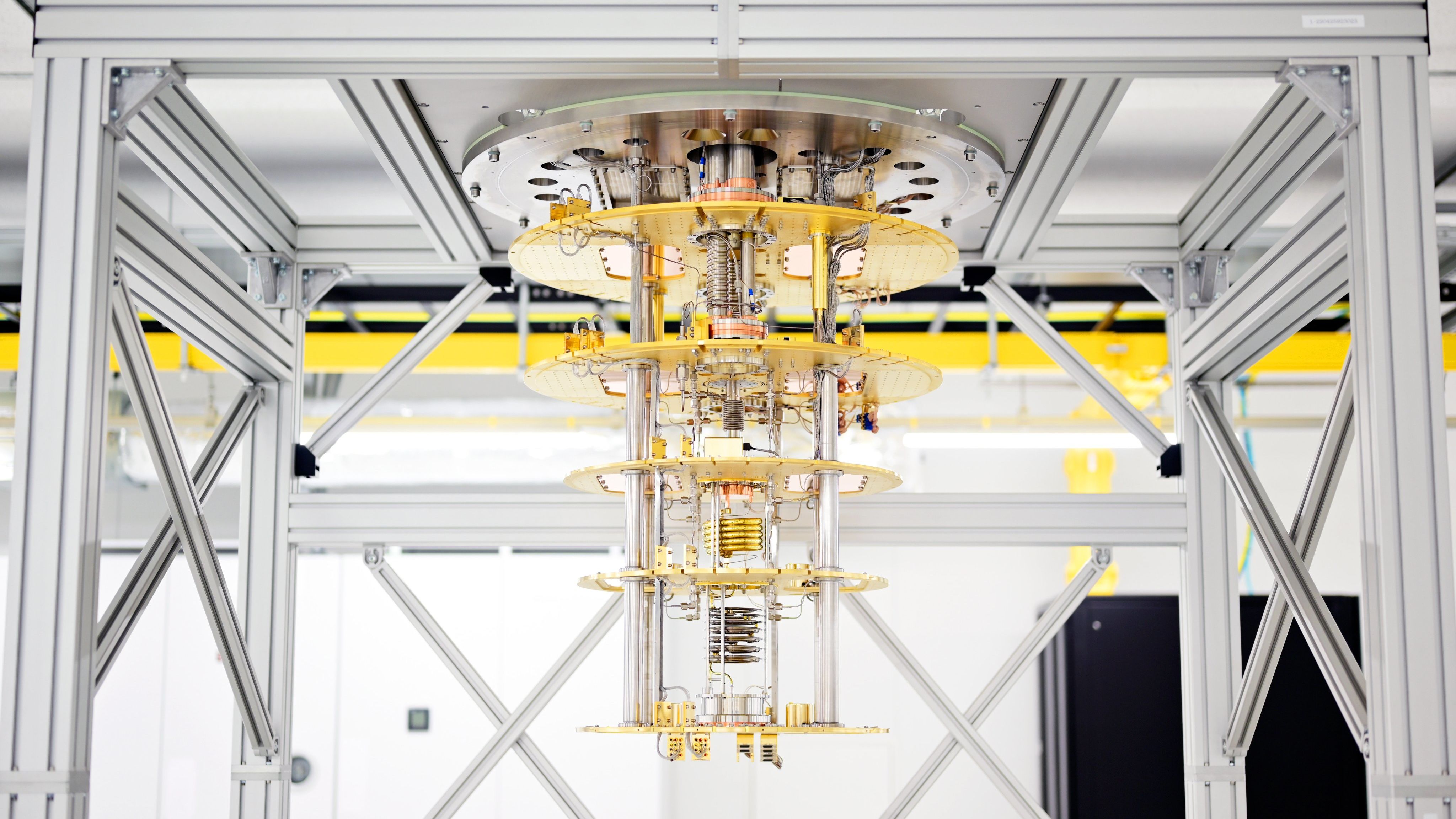 UK startup's Equinix deal marks step towards broad quantum computing access
UK startup's Equinix deal marks step towards broad quantum computing accessNews Businesses around the world will be able to use its quantum computing as a service platform through Equinix
-
 MI5 to establish new security agency to counter Chinese hacking, espionage
MI5 to establish new security agency to counter Chinese hacking, espionageNews The new organisation has been compared to GCHQ’s NCSC, and will provide companies advice on how to deal with Chinese companies or carry out business in China
-
 UK set to appoint second-ever tech envoy to Indo-Pacific region
UK set to appoint second-ever tech envoy to Indo-Pacific regionNews The role will focus on India after Joe White was made the first technology envoy, a role focused on the US, in 2020
-
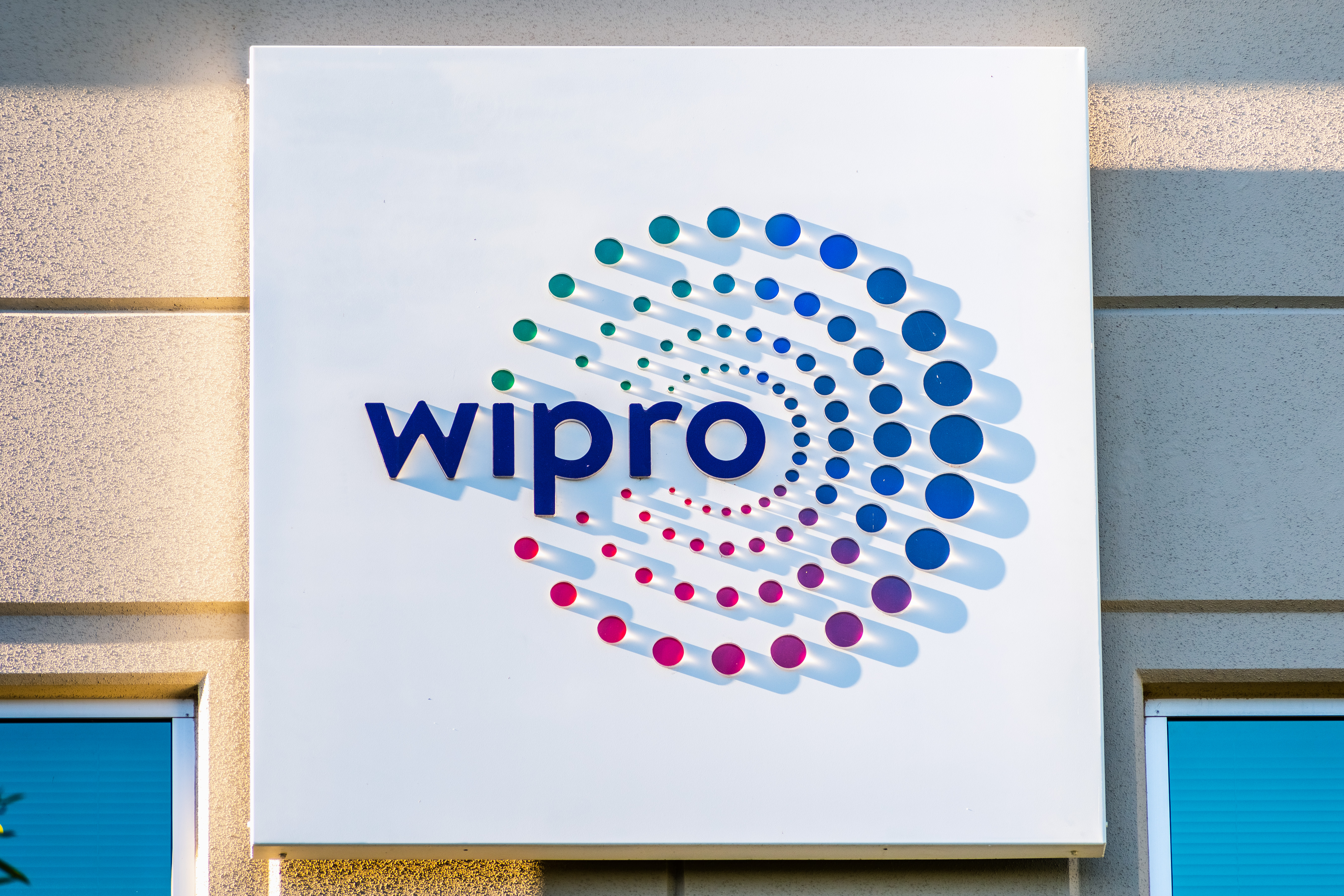 Wipro faces criticism after cutting graduate salaries by nearly 50%
Wipro faces criticism after cutting graduate salaries by nearly 50%News Graduates were given days to decide whether they would accept greatly reduced pay offers, prompting union action
-
 Freshworks appoints Sandie Overtveld as new SVP of APJ and MEA
Freshworks appoints Sandie Overtveld as new SVP of APJ and MEANews The digital transformation veteran brings years of regional expertise to lead Freshworks’ growth strategy
-
 Suncorp signs three-year Azure deal to complete multi-cloud migration by 2024
Suncorp signs three-year Azure deal to complete multi-cloud migration by 2024News The financial services firm seeks to wind down its on-prem data centres and wants 90% of its workloads in the cloud by the end of the year
